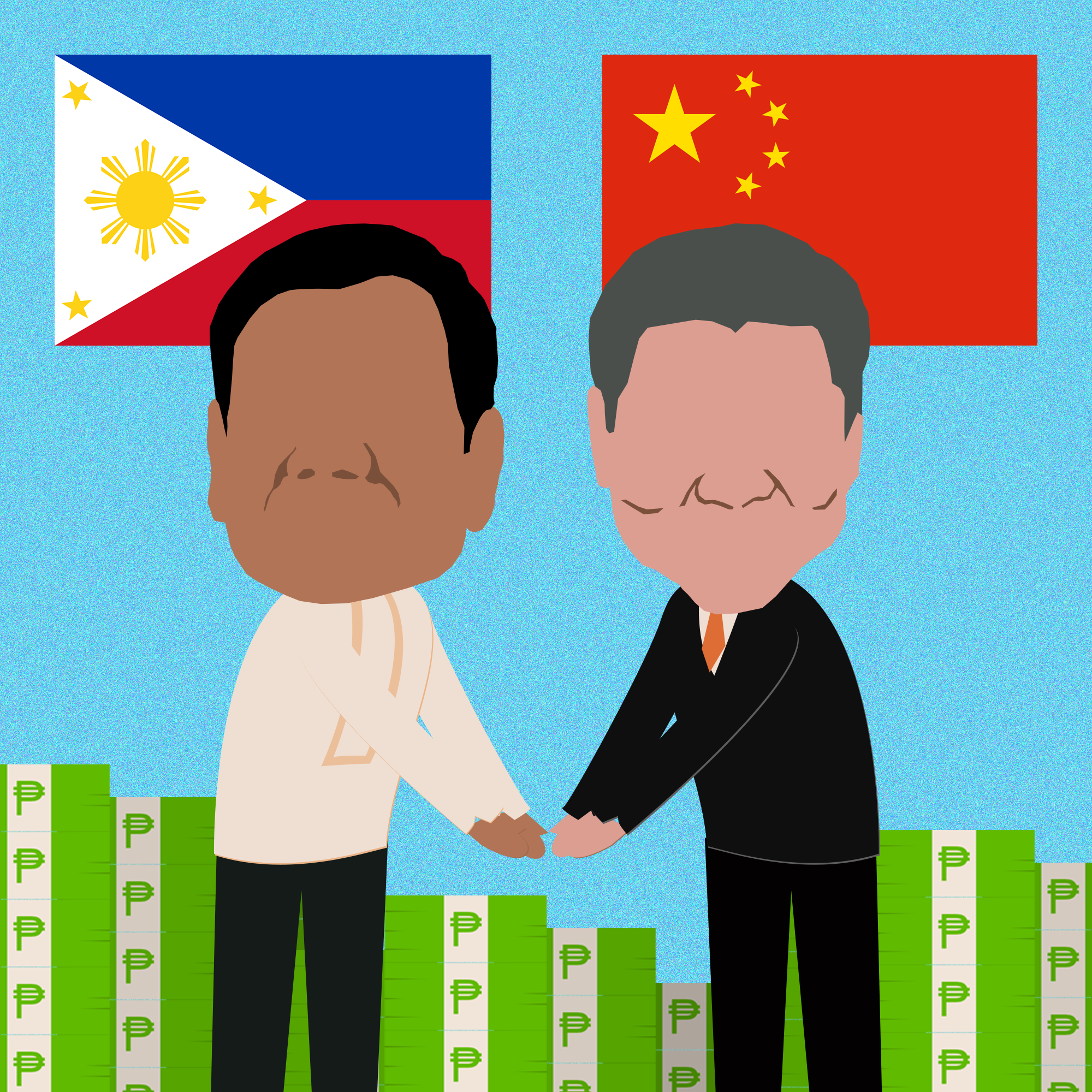IBON Features | The Philippines has been identified as the most disaser-prone country in the world and among the most vulnerable to the effects of climate change
IBON Features— A country’s wealth of natural resources is vital in defining its path for development. Sadly, Earth Day 2013 finds the Philippine environment in peril amid economic backwardness and underdevelopment wrought by the decades-old implementation of neoliberal policies.
The Philippines is one of only 18 mega-diverse countries in the world. It ranks 25th worldwide in the total number of animal and plant species. In terms of mineral wealth, the Philippines ranks 3rd worldwide in gold deposits, 4th in copper, 5th in nickel and 6th in chromite.
The country has huge reserves of renewable energy sources such as geothermal, hydropower, wind, wave, biomass and solar energy. It also has an estimated 138 million barrels in proven oil reserves and 3.48 trillion cubic feet of natural gas reserves.
Its 9.7 million hectares of farmland, marine wealth and wetlands can feed and fuel the livelihoods of millions of Filipinos. The country is also one of the largest fish producers and counts among the countries with the most expansive mangrove forests globally.
Ecological crisis
If the vastness of Philippine natural resources were maximized, it could be used to unleash the potentials of an agricultural economy, which could in turn build domestic industries that could fuel jobs and support people’s welfare.
However, the country faces worsening ecological crisis. Government itself reports that forestlands, which covered 70% of Philippine land area of 30 million hectares in the last century, have fallen to about less than 6 million hectares. Other data states that only 17% of the country’s forests remain. Philippine coasts are degraded and left with only less than 3% of coral reefs in good condition. More than 70% of its mangroves have been lost in the past decades. Unsafe river systems are at a high 67% while more than half of all groundwater is contaminated. It is thus not surprising that the Philippines has the 4th highest number of most threatened species in the region.
More than ever, climate-related disasters such as massive floods and landslides continue to be a threat to the environment. The Philippines has been identified as the most disaster-prone country in the world and among the most vulnerable to the effects of climate change.
Faulty direction
Through the environment framework stated in the Philippine Development Plan 2011-2016 (PDP), Philippine government vows improvement in the “conservation, protection and rehabilitation of natural resources, in environmental quality for a cleaner, healthier environment and enhanced resilience of natural systems and improved capacities of human communities to cope with environmental hazards including climate-related risks.” Still, decades-old implementation of neoliberal policies has put the nation’s industries, utilities, services and even natural resources up for business while no real measures to stop human activities from ravaging the environment have been put in place.
For example, through Executive Order (EO) 23, the Aquino government imposed a total log ban in natural forests. A National Anti-Illegal Logging Task Force was also created. Yet, the EO did not categorically ban commercial logging. It merely prevented the Department of Environment and Natural Resources (DENR) from granting new contracts while reviewing existing contracts. The Aquino government has also issued EO 26 to plant billions of trees from 2011 to 2016. With a weak anti-logging law, however, this project may not effectively arrest the swift pace of forest degradation.
The Philex Mining controversy, which was estimated to be more than 10 times more disastrous than the notorious Marcopper mining incident of the 1990s, resulted in polluted waters and mutation of marine life. Aside from slapping the company with huge fees, government was prompted to declare a moratorium on new concessions. However, as in its anti-logging law, old mining operations continued to ravage the country’s remaining forests, geo-hazard zones, ancestral domains and biodiversity areas. Worse, EO 79, government’s recent mining policy, merely demanded greater government shares from mining revenues instead of decisively putting a stop to corporate mining plunder.
Meanwhile, land-use conversions have plagued productive agricultural lands. Almost two million hectares have been devoted to agribusiness, planting food-producing areas into cash crops such as that for biofuels, while over the past two decades, around three million hectares have been reserved by foreign agro-fuels production. The transformation of productive lands into tourist and so-called industrial hotspots is also being promoted.
Also, according to progressive environmental groups, coastal ecosystems and other water sources have also been constantly threatened with commercial ventures. Coastal development projects have affected the country’s coral reefs, while aquaculture development for fish exports has destroyed mangrove covers in the past 8 decades.
The privatization of freshwater sources has limited access to those who can afford it: according to government itself, more than 15 million households do not get water from formal sources while less than half of all farms are irrigated by public and private systems. At least 12% of all rivers nationwide are already considered dead.
Framework
The title of DENR Sec. Ramon Paje’s recent presentation to investors “State of the Environment – Investment Prospects” underscores the business-oriented direction being adopted by government. Under the PDP, commercial interests are made the bottom line of environmental protection instead of planning the use of the country’s resources to address public needs and welfare.
The current administration has not shown any sign of reversing the discredited policies that have opened up the country’s industries, utilities, services and resources to big business opportunities. It has not made any move to drastically ease the plunder of the country’s natural resources. Through its centerpiece program, the public-private partnerships (PPPs), all economic sectors are further being offered for private sector investment opportunities with government counterpart being an incentive
The New Centennial Water Source Project, which may involve the revival of the controversial Laiban Dam and affect agricultural and indigenous lands, is only one of the 15 PPPs for roll-out in the water sector. Government calls it another development project that will serve as an additional source of water supply for Metro Manila and nearby provinces. Yet, as with the sale of the Magat, Ambuklao-Binga, Pantabangan-Masiway and Angat dams in recent years, previous dam projects clinched by big private corporations, have not yielded sufficient and affordable water supply for the people.
Plan for public good
Although an act on clean air and popularized maps on geo-hazard zones across the country may be good news, the results will be superficial as the overarching framework of pro-business policies remains entrenched at the expense of the people and the environment. In fact, an Asian Development Bank (ADB) paper identifies climate change and neoliberal policies as factors that aggravate poverty. The ADB paper projected that, since the poor has the lowest access to resources, the environment will be the main factor of poverty by 2020.
Environmental protection must be planned alongside a nation’s sovereign track of ensuring the people’s economic, social and cultural rights. Economic development should push working people’s rights, livelihood and social services, pro-people monetary and fiscal policies, foreign economic and trade relations that are pro-Filipino and support the protection and rehabilitation of the environment at the same time.
Until government shifts direction from profit-seeking to people-oriented, more calamity-wrought disasters such as the typhoon Pablo in Mindanao are bound to continue plaguing the country. IBON Features






